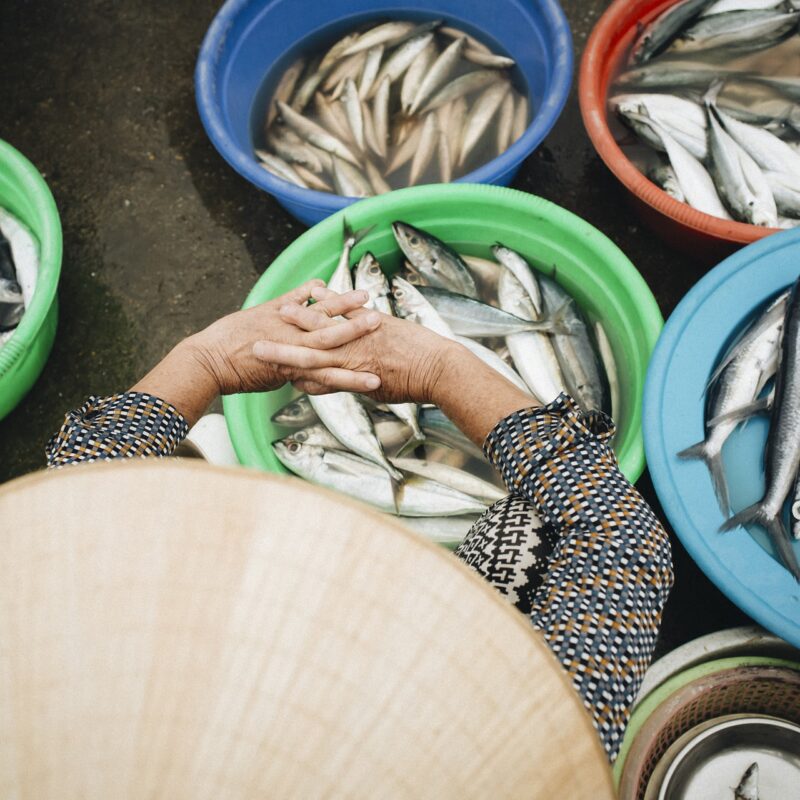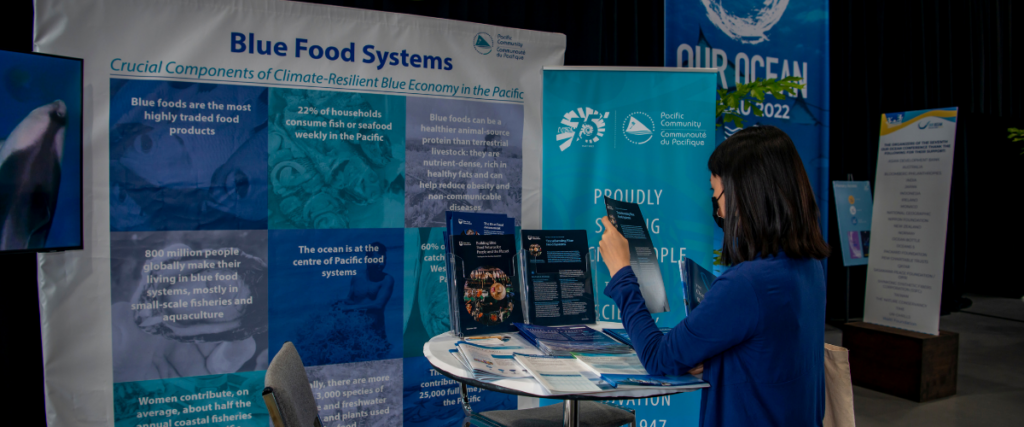Blue Food Assessment
The Blue Food Assessment was an international joint initiative that brought together over 100 scientists from more than 25 institutions around the world from 2021 – 2023. The Stockholm Resilience Centre at Stockholm University and Stanford University’s Center for Ocean Solutions and Center on Food Security and the Environment were lead science partners and EAT was the lead impact partner. This interdisciplinary team supported decision-makers in evaluating opportunities, tradeoffs, and solutions to build healthy, equitable, and sustainable food systems. Research generated by the Assessment now serves as a foundation for the Blue Food Futures Program.

